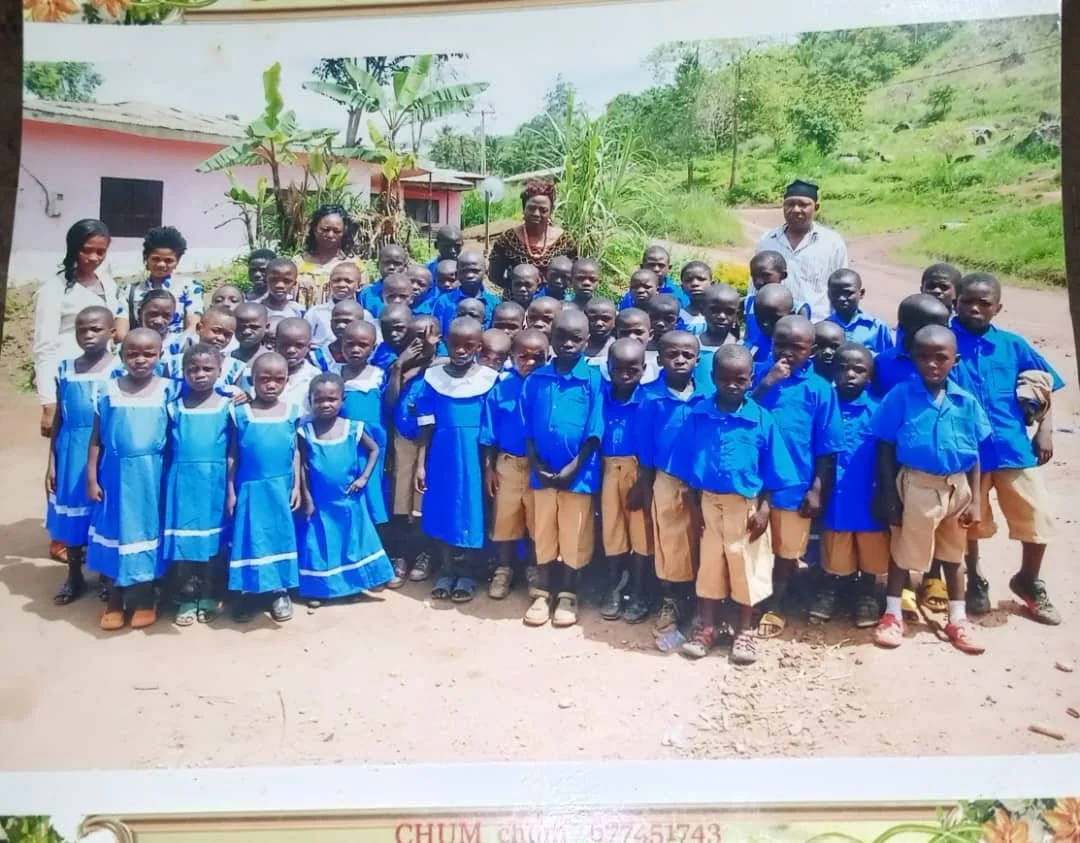Mid‑Year Results: Uniforms Distributed, Children Retained, Caregivers Trained
This mid‑year note summarizes delivery and outcomes across FADOA programs in Cameroon and Kenya. It follows a concise, results‑oriented format aligned with UNECA/UNAIDS styles.
Delivery to Date (H1 2025)
• Uniforms & learning kits delivered: 1,450
• Pupils supported with exam/PTA fees: 980
• Caregivers participating in savings/budgeting sessions: 310
• Adolescent girls receiving hygiene kits & mentorship: 260
• Partner focal points trained on safeguarding: 56
Outcomes
• Term‑to‑term retention among supported pupils: 90–94%
• Average attendance gain post‑distribution: +18–28 points (location‑specific)
• Exam participation (supported pupils): ≥92%
• Reported safeguarding referrals resolved through local services: 78%
What Drove Results
Predictable, low‑value inputs delivered on time; school‑based focal points who monitor attendance; and women‑led partners who identify pupils at risk earlier. Community‑led monitoring (brief notes + spot checks) enables quick adjustments without heavy data collection [1].
Lessons & Adjustments
• Bunching distributions before exam periods improved participation
• Adding small transport stipends in remote areas reduced absenteeism
• Monthly 30‑minute safeguarding refreshers improved referral completion
• Next: pilot a modest emergency bursary for at‑risk pupils to prevent mid‑term withdrawals
Accountability
Public dashboards summarizing budgets, deliveries, and outcomes will accompany partner spot‑checks and document reviews—using the OECD‑DAC evaluation lens to keep reporting comparable and credible [2].
Endnotes
[1] UNAIDS — Community‑Led Monitoring guidance. (UNAIDS CLM)
[2] OECD‑DAC — Evaluation Criteria for Development Assistance. (OECD‑DAC Criteria)

